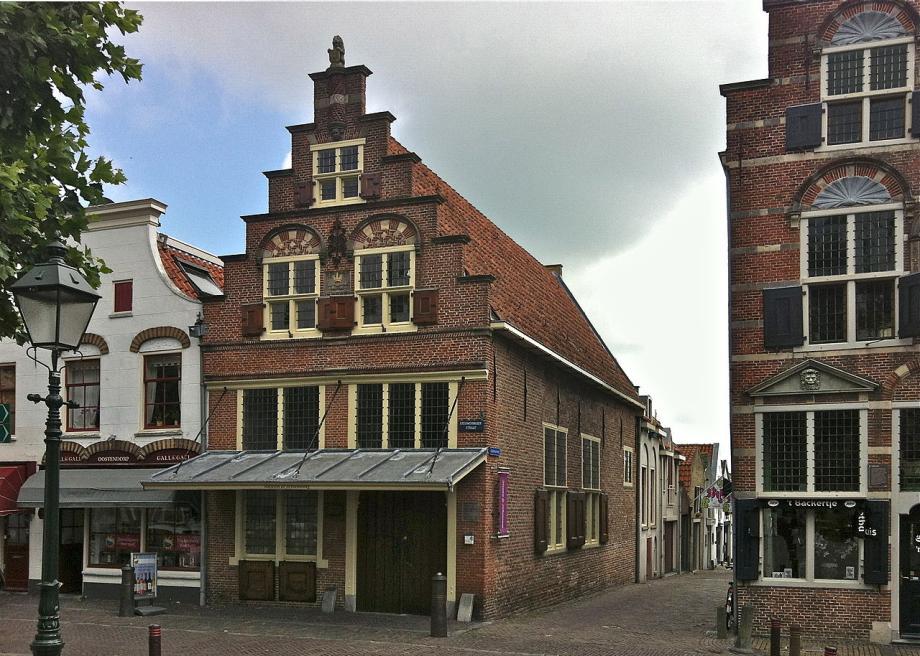Atlas Obscura on Slate is a blog about the world’s hidden wonders. Like us on Facebook and Tumblr, or follow us on Twitter.
In the small Netherlands town of Oudewater there is an historic weigh house not unlike a number of similar buildings around the Netherlands, except this one is known primarily for weighing witches.
A weigh house was a common feature of medieval townships, used as a central site where people could come to weigh their crops and livestock. They were generally publicly run, used to levy tax amounts on goods as well. As witch hunts became a popular hysteria, they also became the perfect spots to subject the accused to a witchcraft test. Witches were thought to be light enough to float on water, and a common test of, uh, witchitude, was to put the accused on the weigh house scale and see the results. They were generally rigged and countless innocents burned or drowned thanks to the superstitious test.
The weigh house in Oudewater was a bit different, as it was said to have been approved as a fair weighing site by Holy Roman Emperor Charles V. Thanks to the this, no one is thought to have gone to the stake from its scales. They were originally built in 1482, and the witch weights didn’t begin being tabulated until the 16th century.
Today the weigh house is a museum devoted to the site’s history. Known as the Museum de Heksenwaag, visitors can come and weigh themselves, receiving certificates that prove they are not witches. If only so many of history’s weigh houses could have had such fun programs.
Submitted by Atlas Obscura contributor brickhound.
For more on the Witches Weigh House, visit Atlas Obscura!
More wonders to explore:
